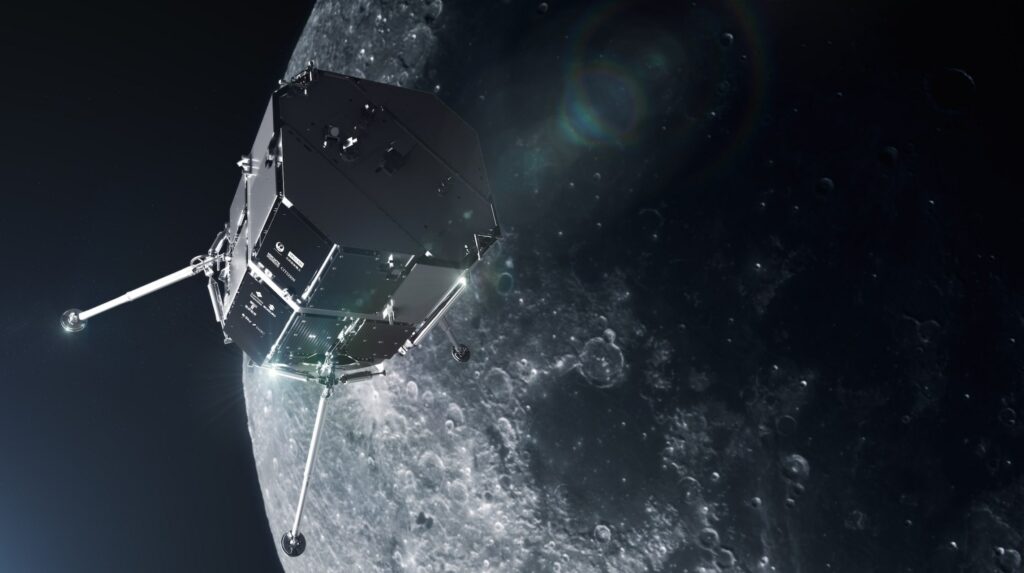The HAKUTO-R flight is proceeding according to plan. The Japanese spacecraft will enter orbit around the Moon in the second half of March and attempt to land at the end of April. This was announced at a briefing held on February 27 by the Japanese company iSpace.

HAKUTO-R was launched on December 11, 2022. The spacecraft has a height of 2.3 m, a width of 2.6 m and a dry weight of 340 kg (1000 kg including fuel). Its payload consists of a number of scientific instruments provided by both commercial and government customers, as well as the Rashid, the first ever Arab rover. The 10-kilogram spacecraft was built by the Mohammed Bin Rashid Space Center (UAE). The rover’s scientific equipment includes two high-resolution cameras, a microscope, a thermal imager and a Langmuir probe.
Due to fuel restrictions, the HAKUTO-R was not launched directly to the Moon, but was put on a low-cost transition trajectory. It is assumed that at first the spacecraft will move away from the Earth by 1.4 million km, and then it will begin to return to it again, and only then it will be “picked up” by lunar gravity.
According to the iSpace statement, so far the Hakuto-R flight is proceeding according to schedule. During the mission, the engineers encountered some technical problems, including communication problems and a reboot of the on-board computer. But none of them became critical for the mission. Currently, stable contact is maintained with the HAKUTO, it has already transmitted a number of images to Earth.
At the end of March, HAKUTO-R will perform a maneuver that will transfer it to a selenocentric orbit. The Moon landing is scheduled for the end of April. The spacecraft will have to land in the area of Atlas crater, an 87-kilometer impact formation located in the northern part of the visible side of the moon of our planet. If successful, iSpace will become the first commercial company to successfully land its spacecraft on the Moon.
According to https://spacenews.com
Follow us on Twitter to get the most interesting space news in time
https://twitter.com/ust_magazine

